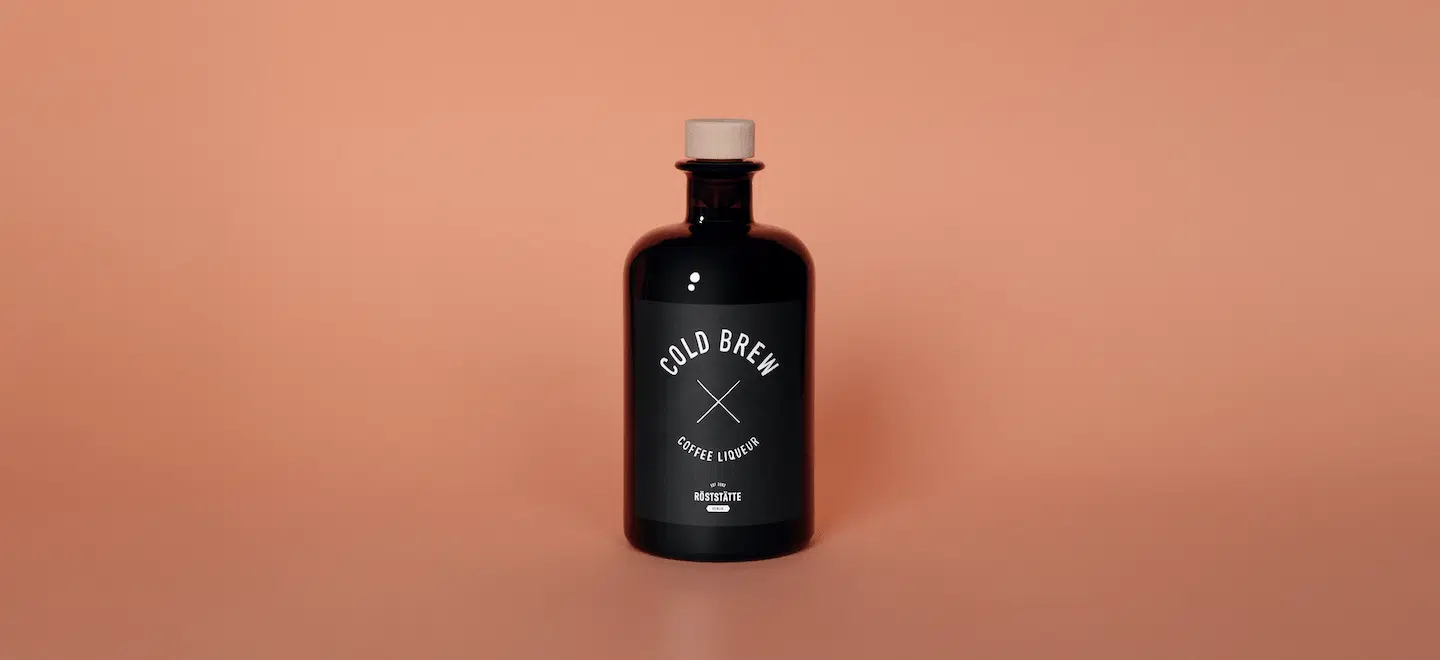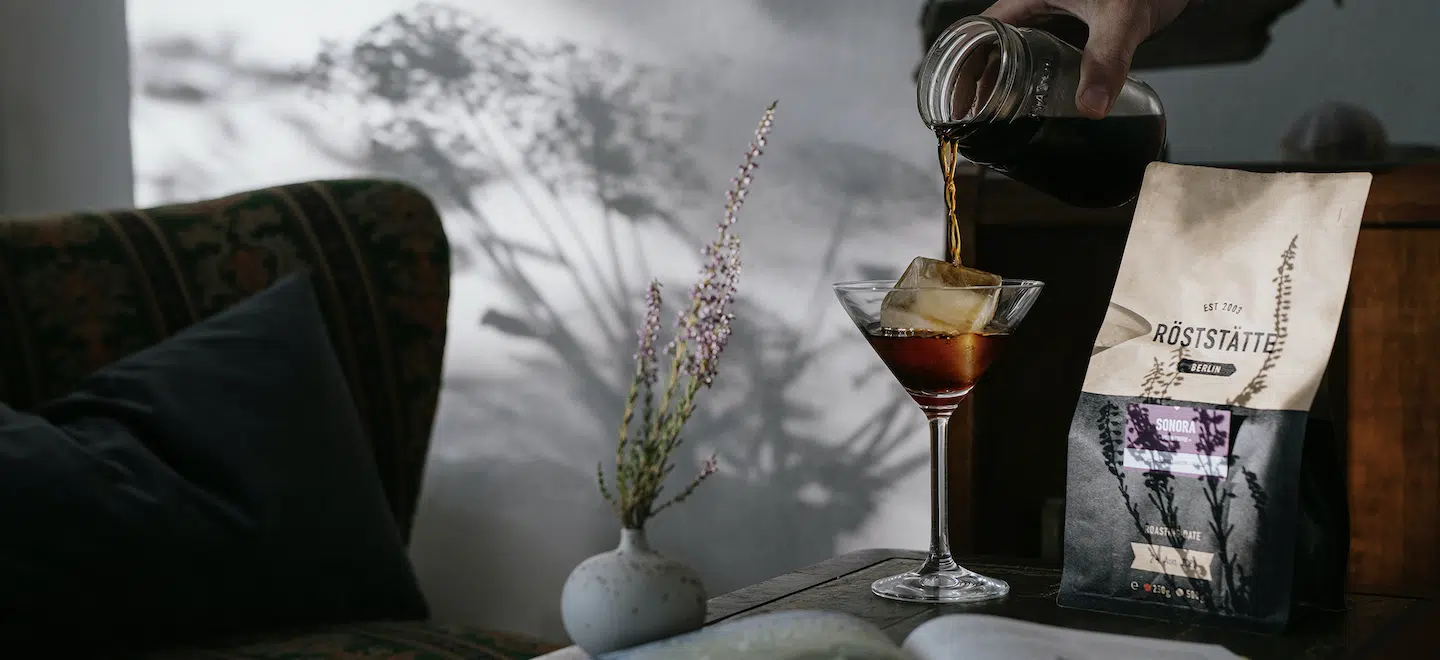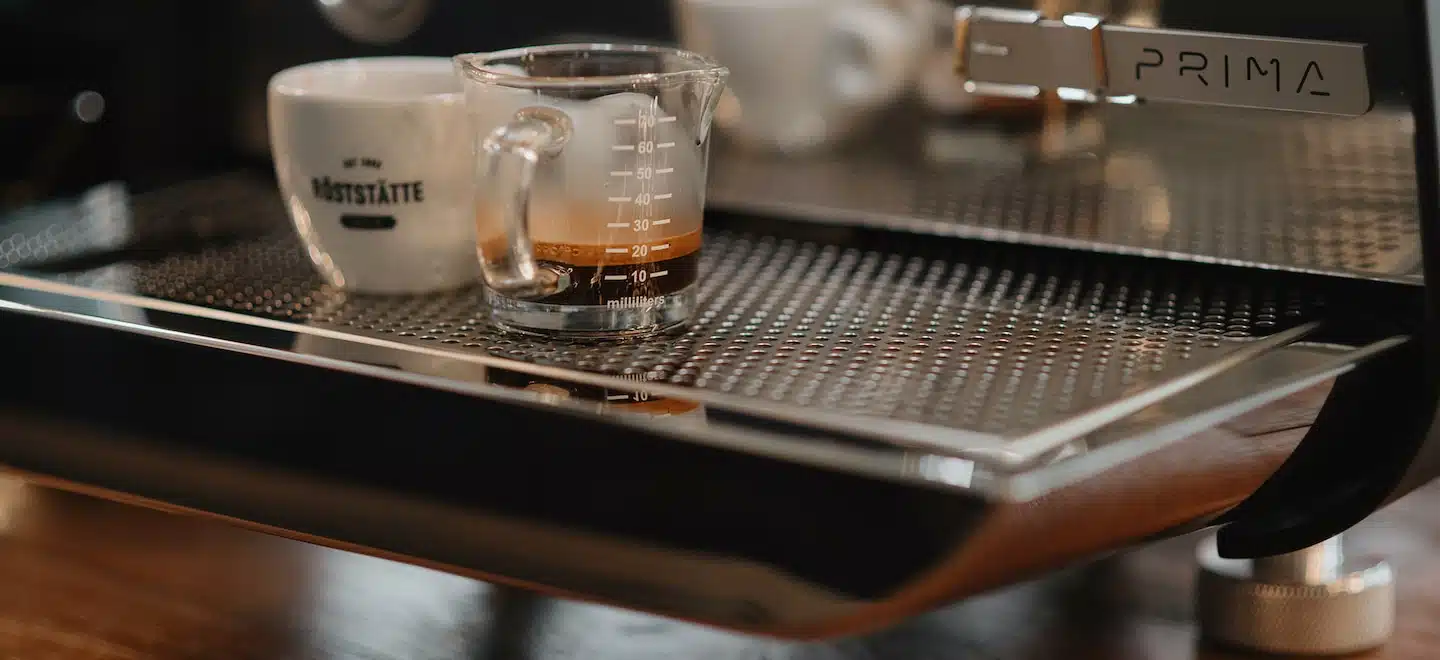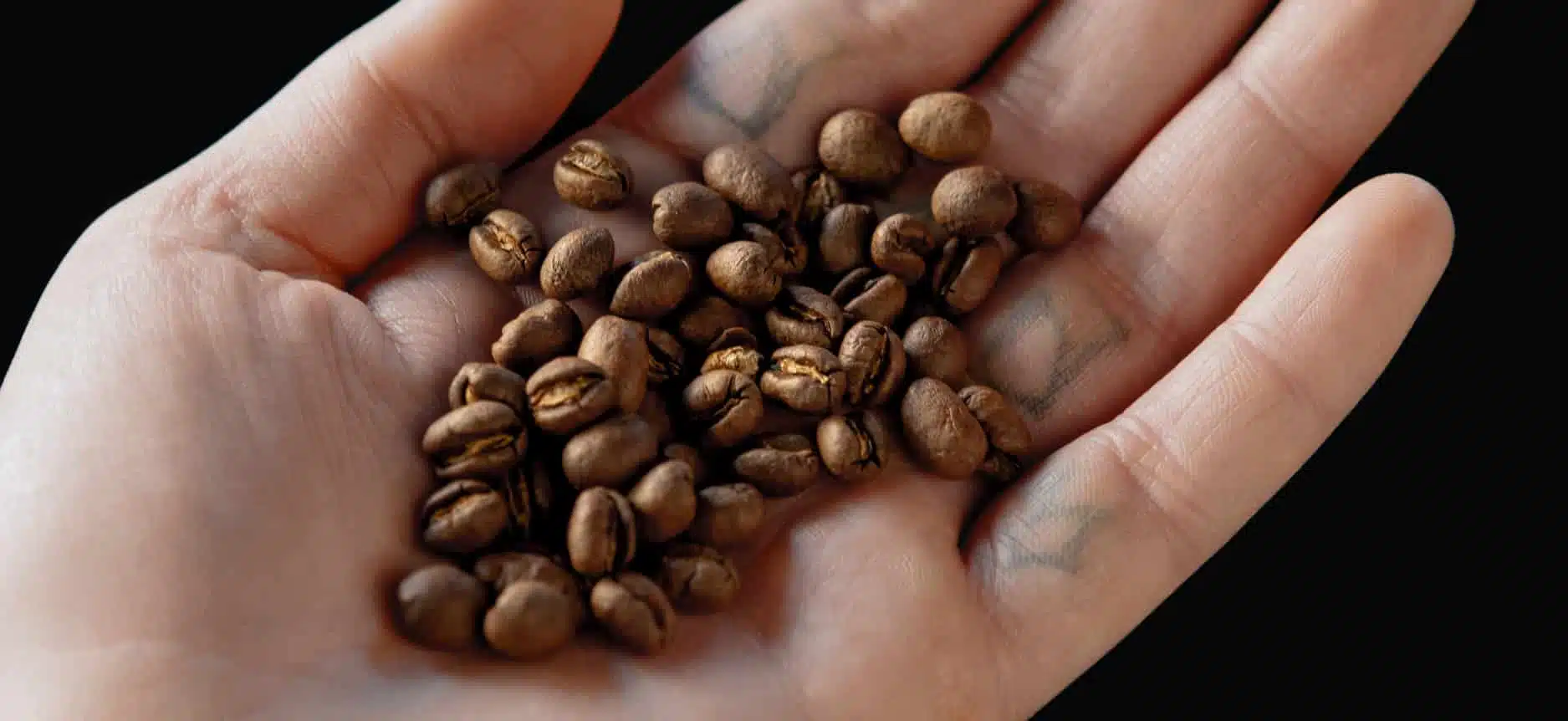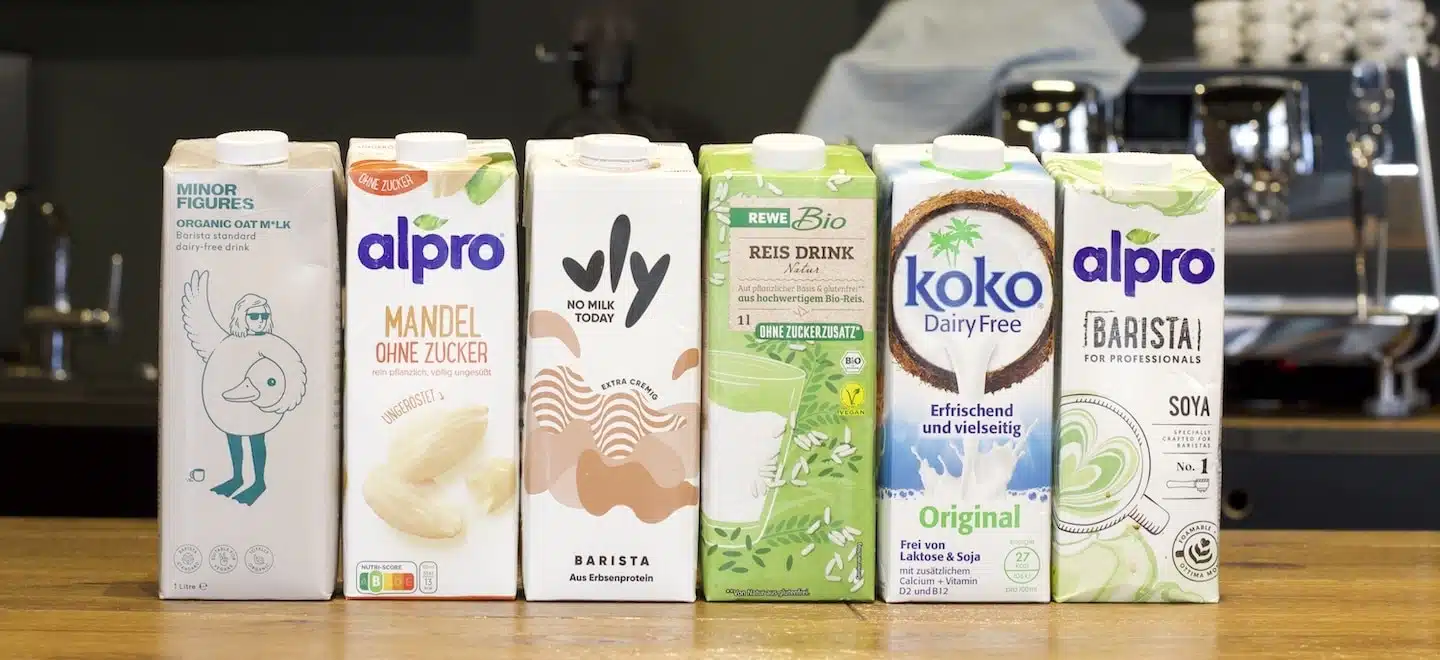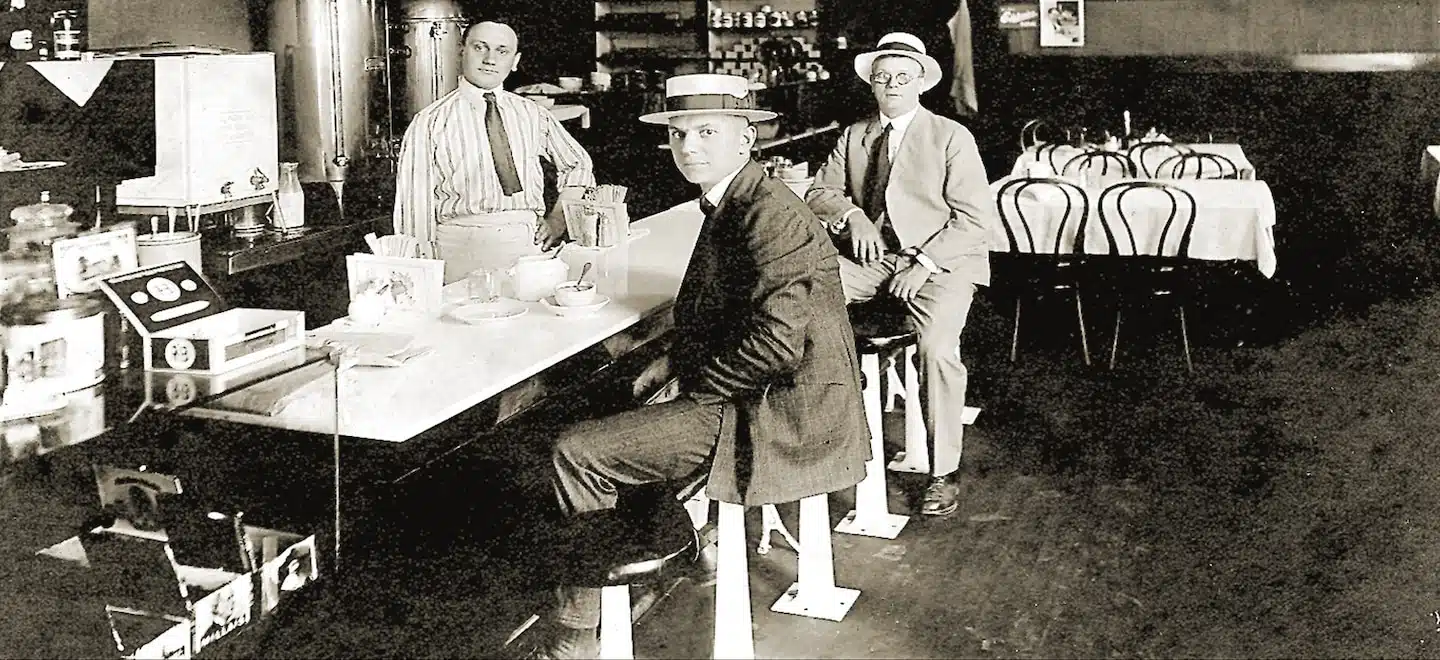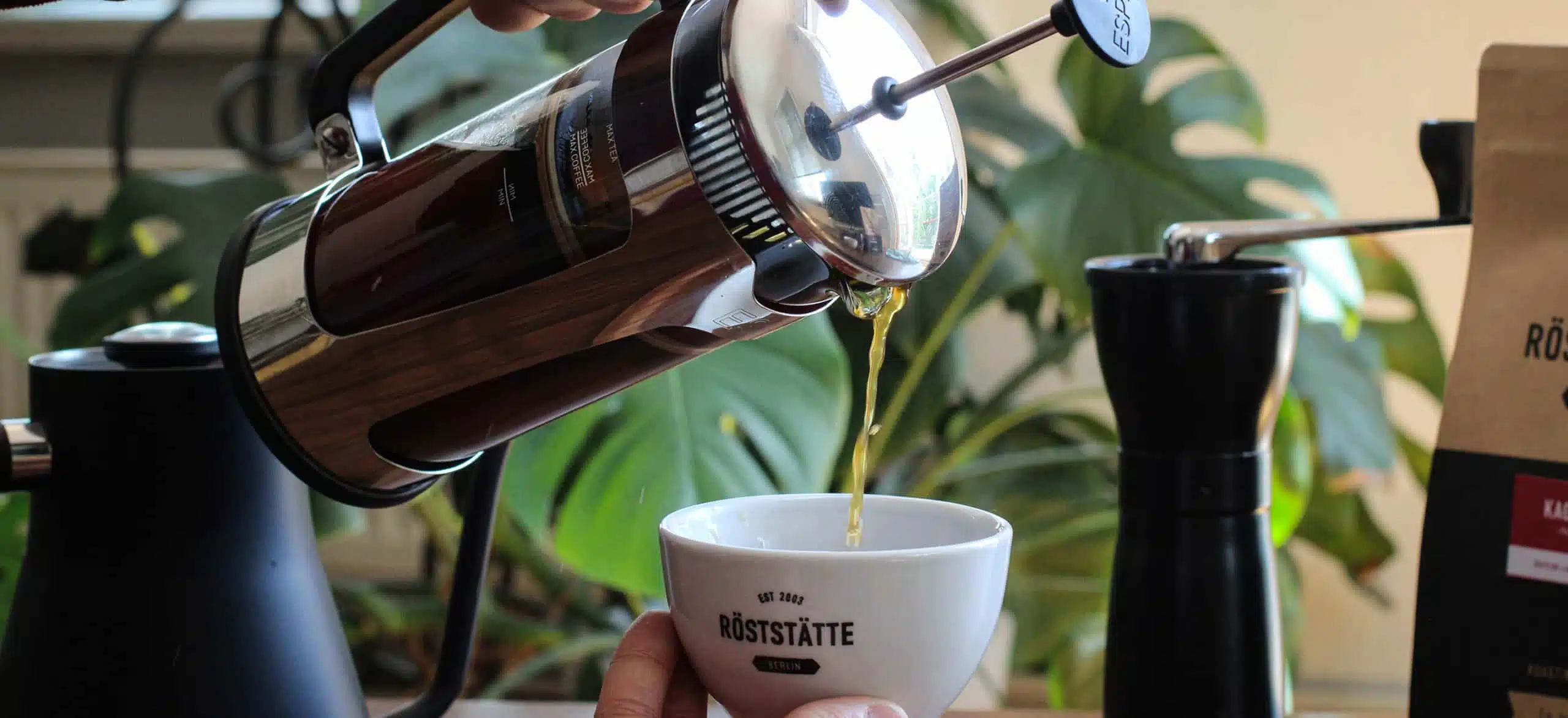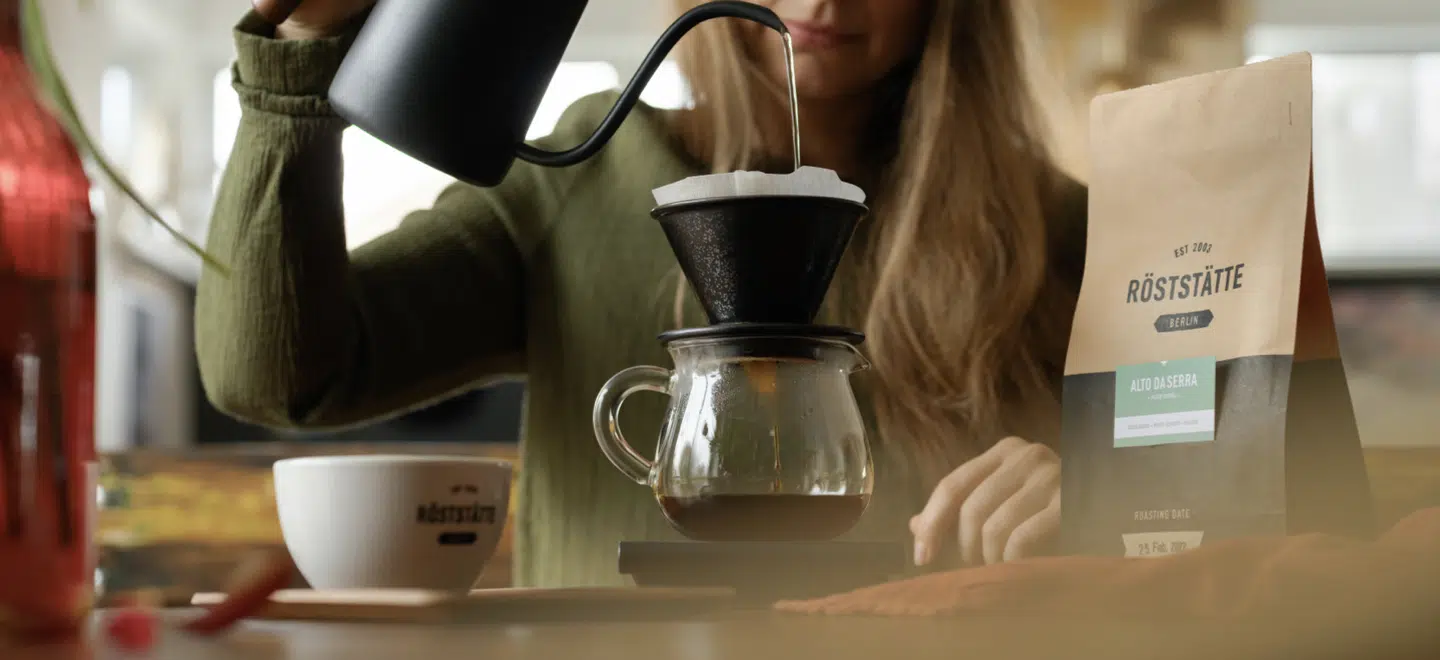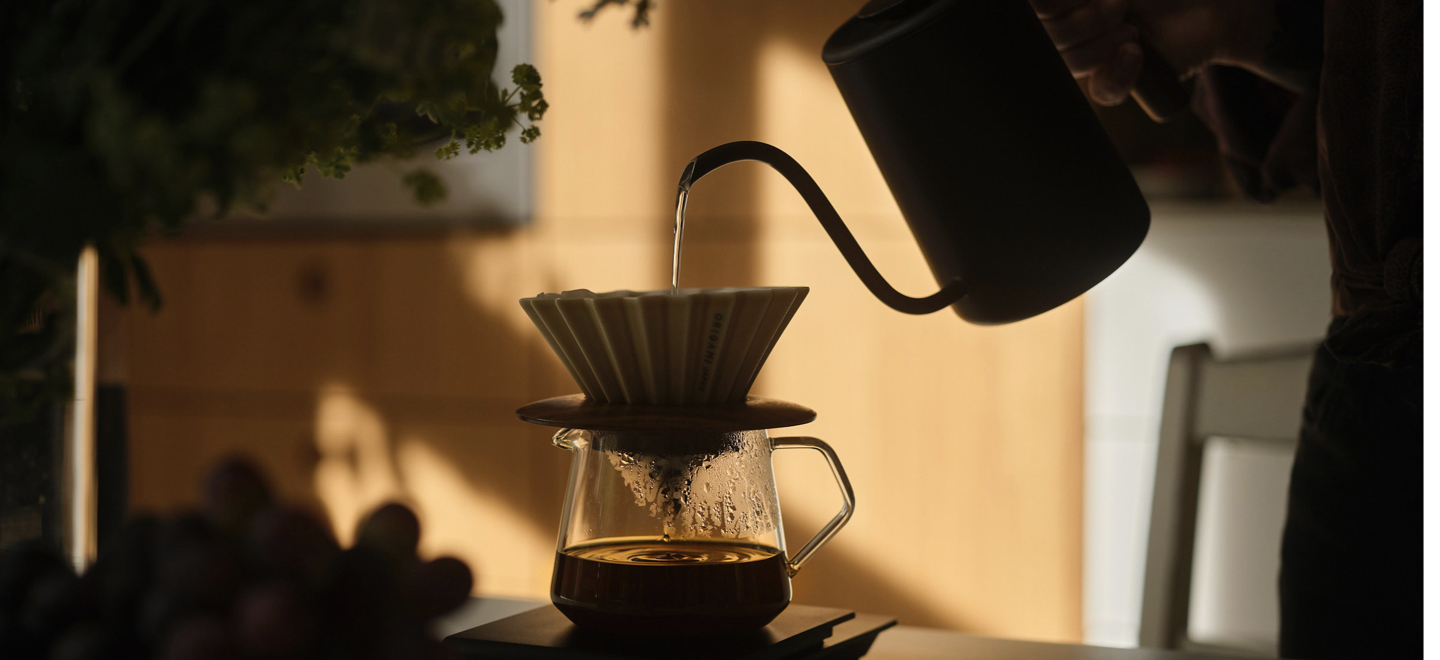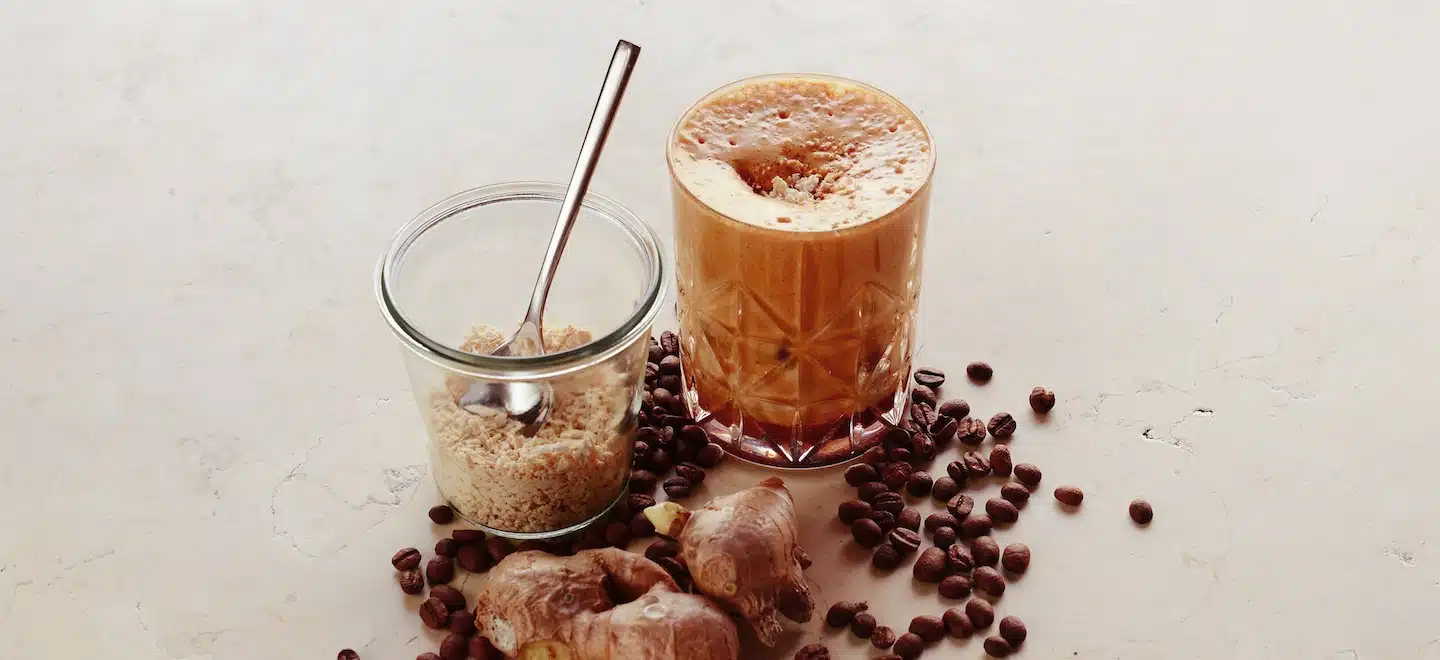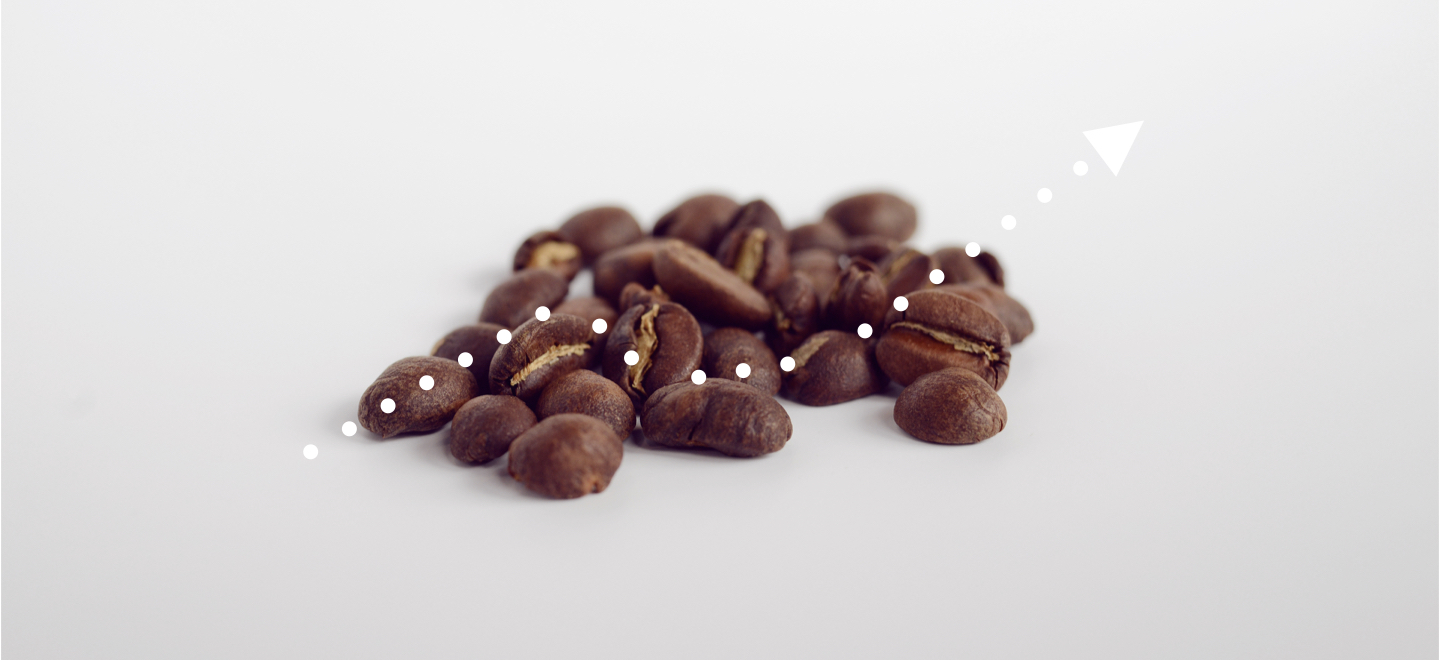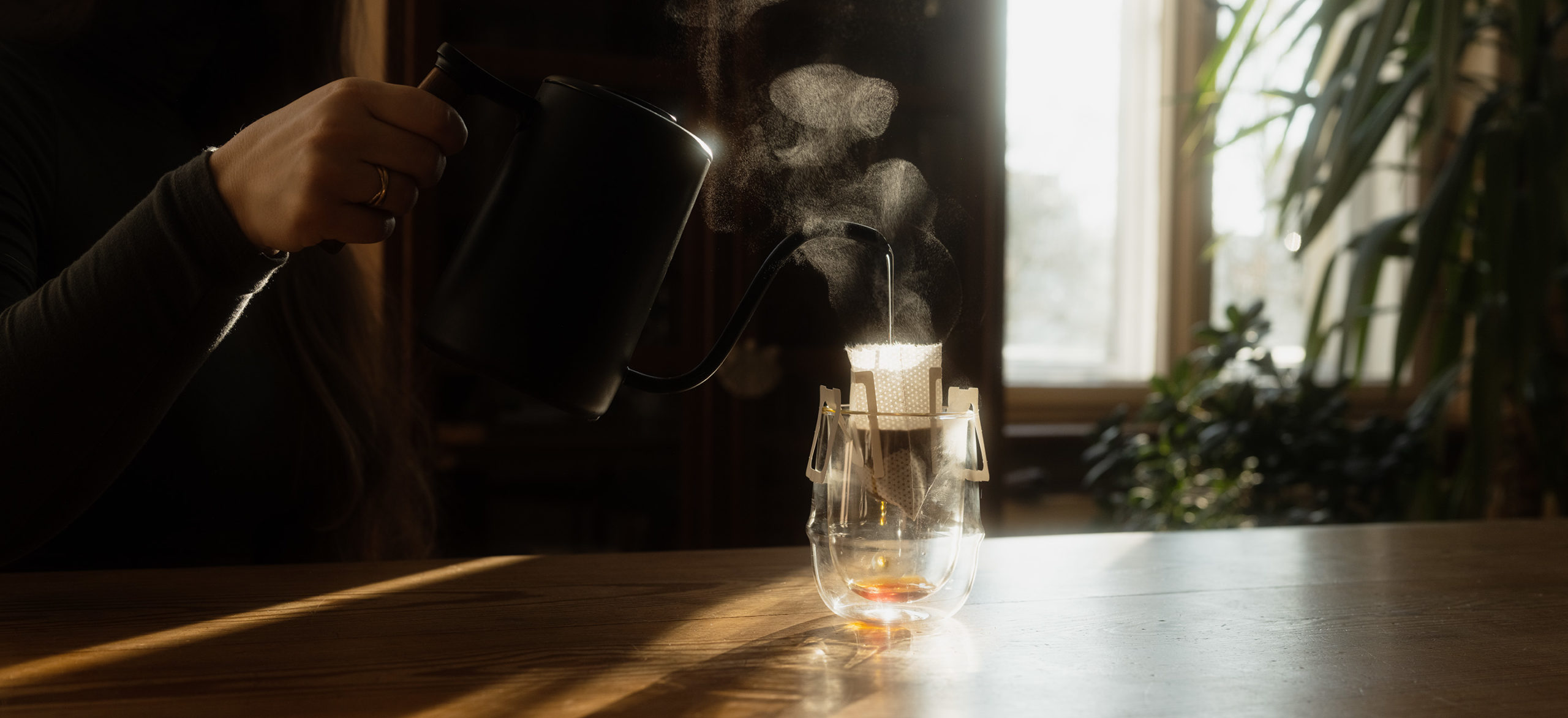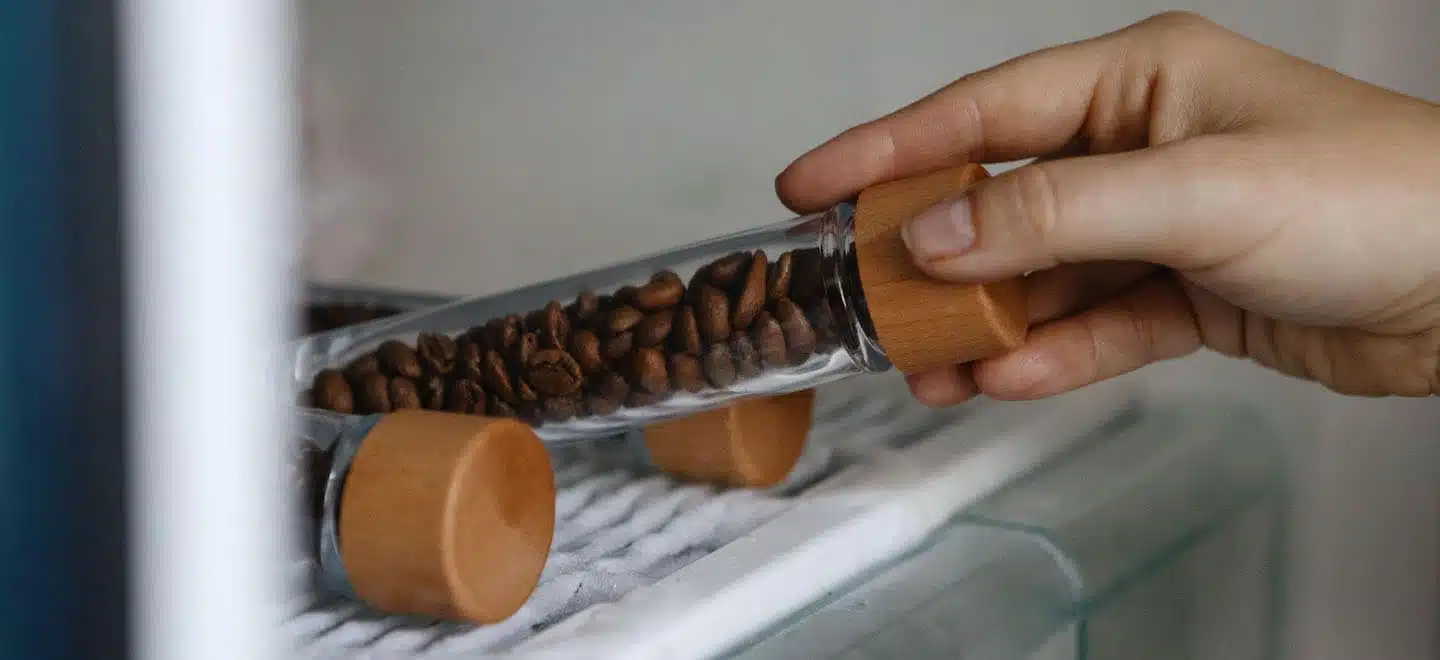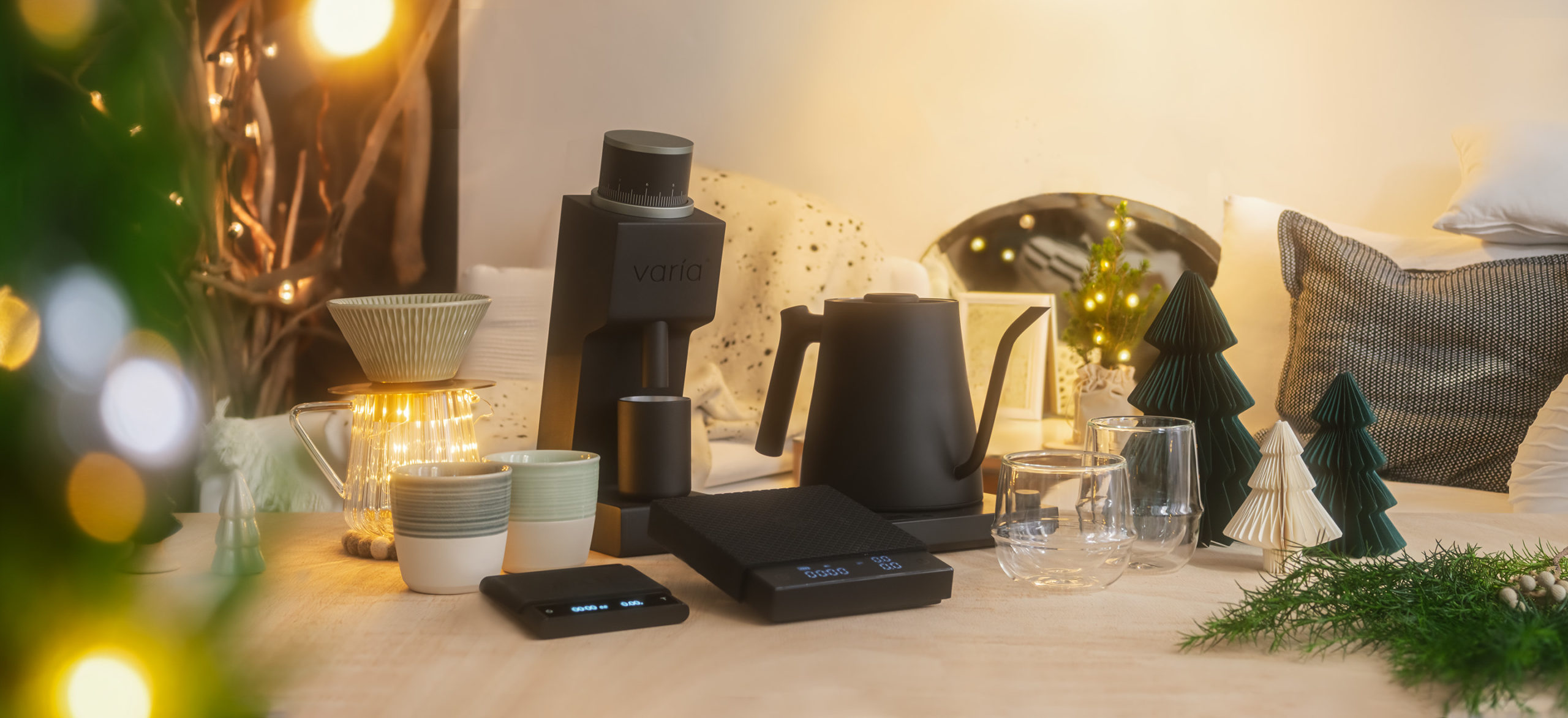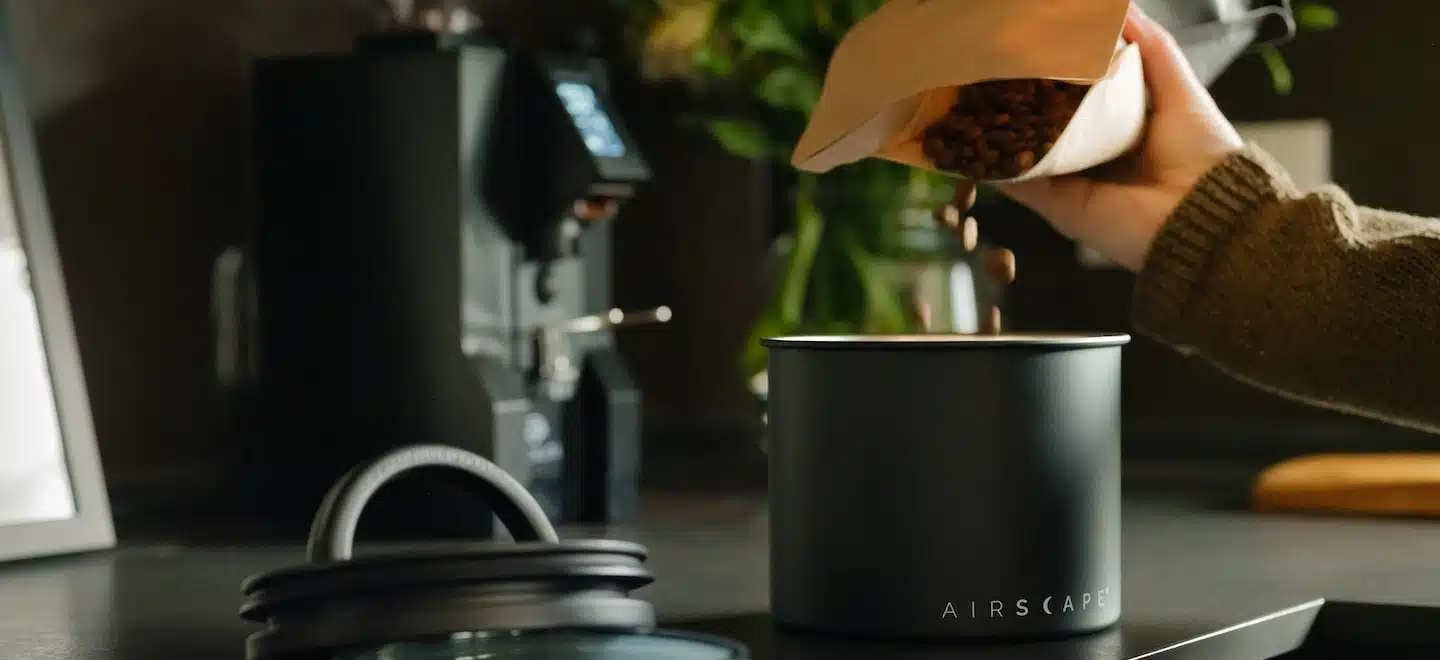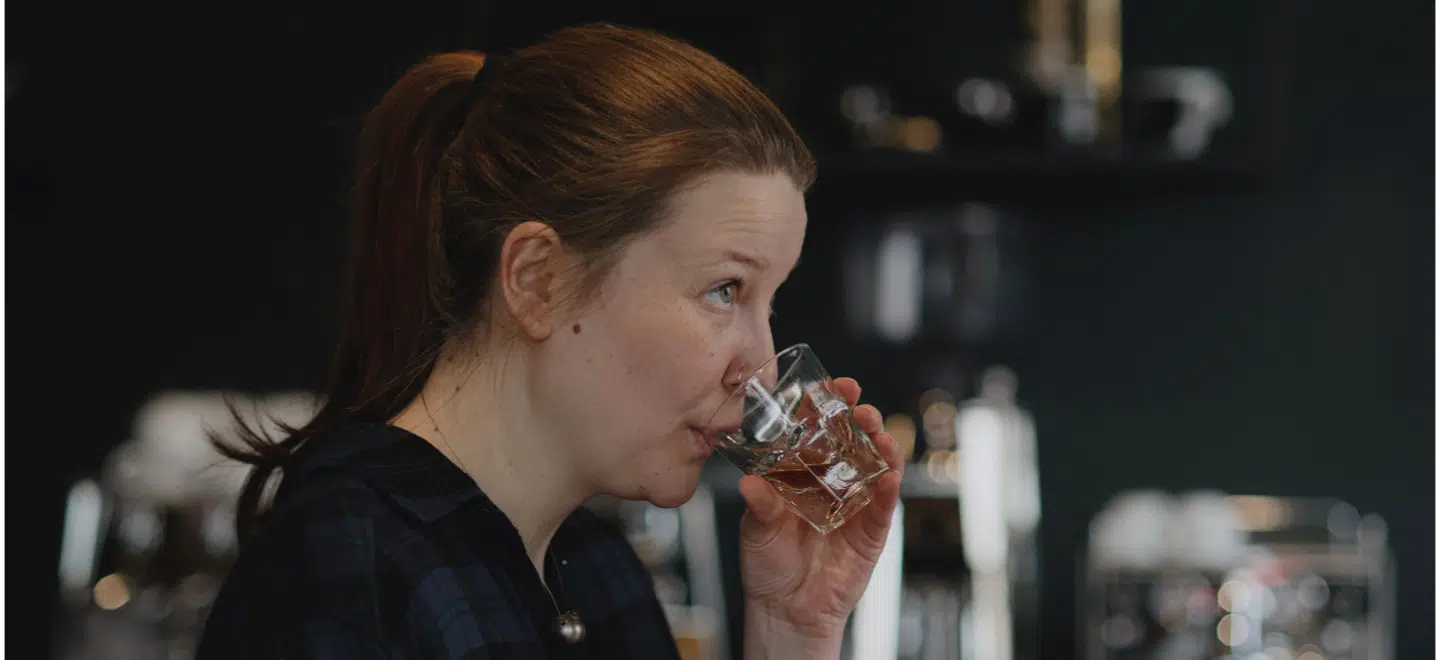7 tips for delicious coffee from the fully automatic machine
The perfect coffee at the touch of a button - that's what fully automatic coffee machines promise. But what do you have to bear in mind? We reveal seven tips for delicious coffee from fully automatic machines - from choosing the right bean to cleaning.
Whether it's a simple espresso, cappuccino or even a flat white - with a fully automatic coffee machine you can get your favourite coffee simply at the touch of a button. At least that's what the manufacturers of the machines promise. But in everyday life it turns out that it is not that easy to prepare your personal favourite coffee. From the grind to the optimal amount of water to the temperature - there are many settings to adjust. In our overview, we tell you what to look out for when brewing coffee for fully automatic machines.
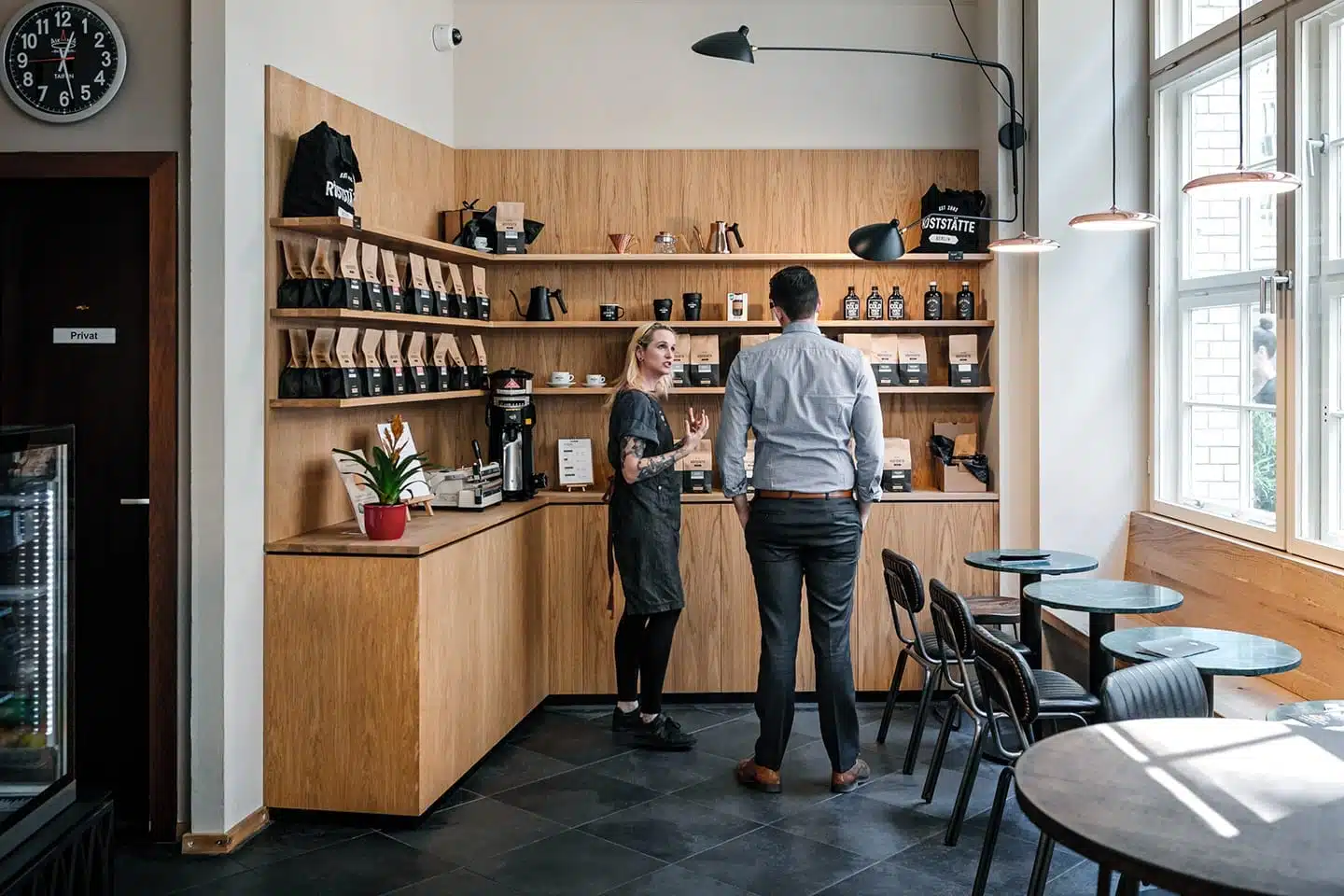
Tip 1: Which coffee is suitable for fully automatic machines?
We recommend only specialty coffees. In short, these are the top 20 percent of roasted coffees worldwide that are rated as particularly high quality in a points system of the Specialty Coffee Association (SCA) - a globally active association of coffee professionals. Find out what distinguishes specialty coffee, from cultivation to roasting here.
The right coffee bean
What do you prefer to drink? Espresso or perhaps "Caffè crema"? Since many fully automatic machines only have one bean container, this is the crucial question. Because then only one coffee bean is available for Caffè crema or an espresso. This is quite a challenge, because with a commercial fully automatic coffee machine, extraction is only possible to a limited extent. It is usually not possible to adjust the grind finely enough and the espresso runs through the machine quite quickly. Well-balanced, low-acid espresso beans that are not too lightly roasted are suitable for fully automatic machines. Due to its wholesomeness, we also recommend only Arabica coffee.
We have developed the Capital variety for the fully automatic machine.. A balanced, but at the same time stronger roast, perfect for preparing all coffee specialities with a fully automatic machine. Whether espresso, coffee milk drink or coffee cream. Capital unfolds a chocolaty aroma and, thanks to the proportion of an Arabica coffee from India, with a full-bodied, rich crema.
Still unsure which coffee is right for you? Then try our fully automatic coffee tasting set. This includes the three varieties Sinfonia, Capital and Santiago.
We have developed the Capital variety for the fully automatic machine.. A balanced, but at the same time stronger roast, perfect for preparing all coffee specialities with a fully automatic machine. Whether espresso, coffee milk drink or coffee cream. Capital unfolds a chocolaty aroma and, thanks to the proportion of an Arabica coffee from India, with a full-bodied, rich crema.
Still unsure which coffee is right for you? Then try our fully automatic coffee tasting set. This includes the three varieties Sinfonia, Capital and Santiago.
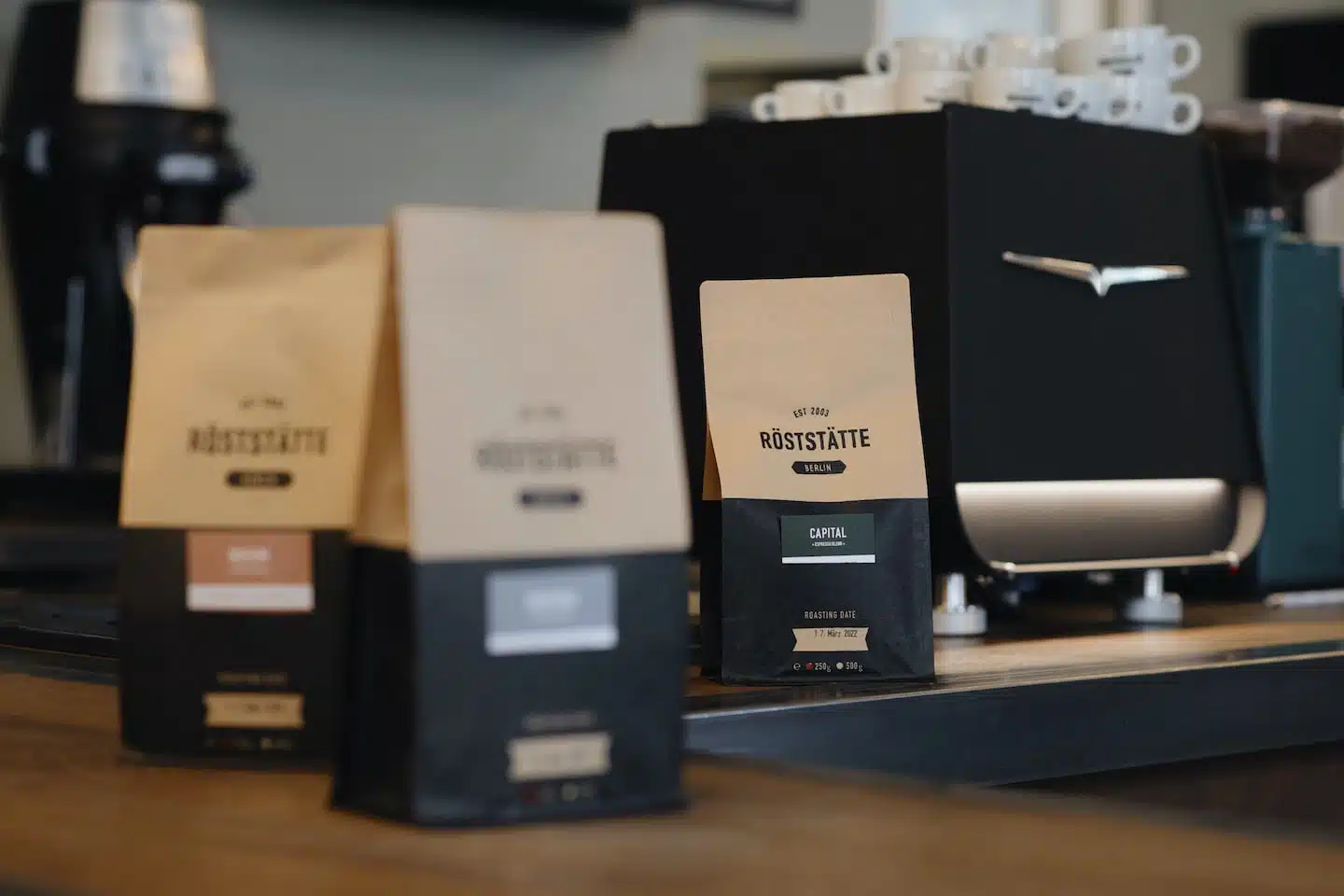

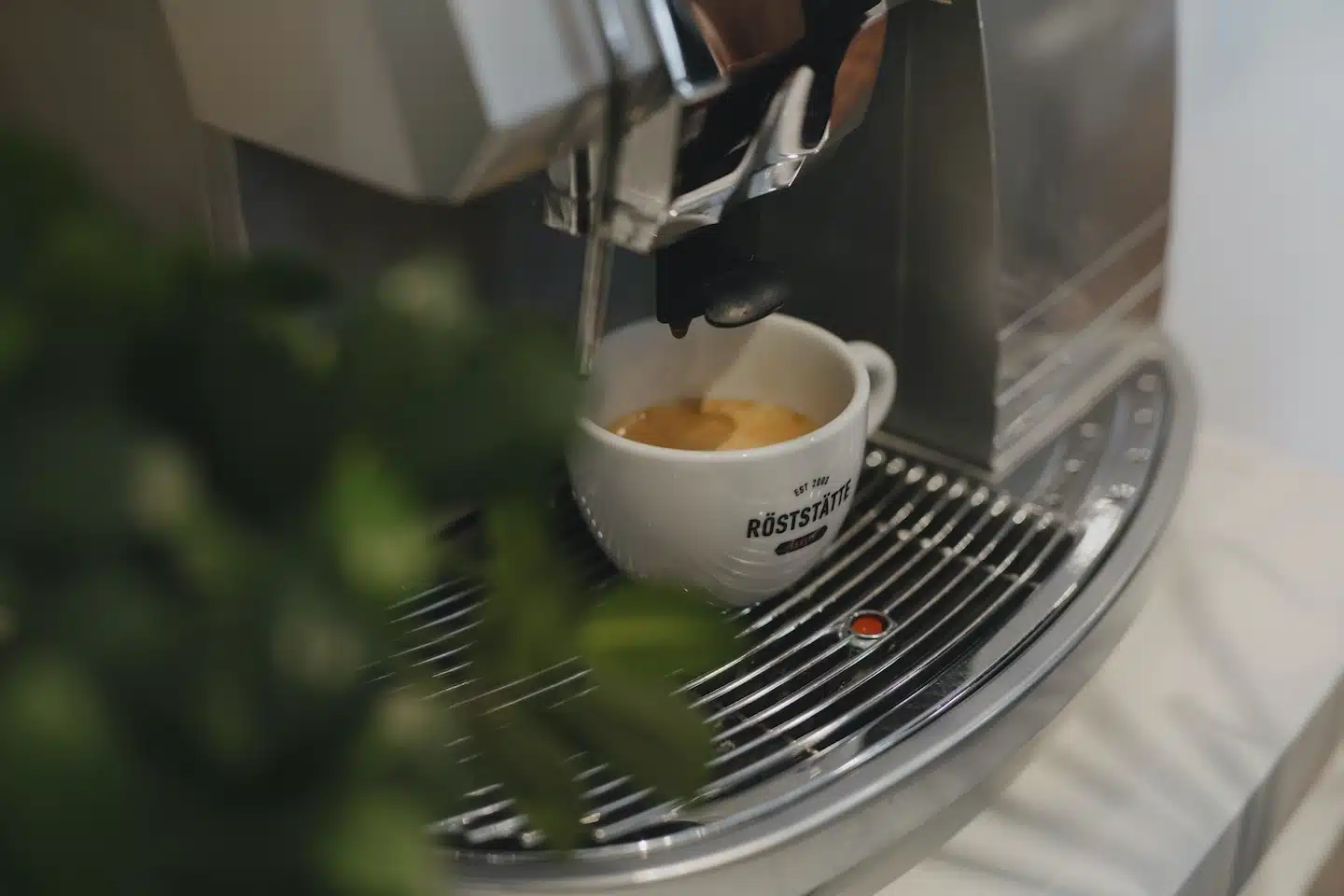
The roasting
The coffee beans should be gently roasted by hand. The best method is the artisanal drum roasting process. In this process, the coffee beans are roasted at a maximum of 220 degrees for 8 to 18 minutes. In contrast, supermarket coffees are usually roasted too quickly and too hot (at over 500 degrees), which is why they often taste similar and predominantly roasty to burnt.
The advantage of long-time roasting by hand: the coffee contains less acid, is more digestible and usually has a milder taste - and it also develops its aroma better. By the way: Coffee contains many different aroma components - and can therefore taste differently complex. We recommend a "medium" roast for fully automatic machines. With a light roast, the taste can be too acidic, and with too dark a roast, it can be too bitter. Find out more about roasting with us in the interview with our Head Roaster Ivo.
The advantage of long-time roasting by hand: the coffee contains less acid, is more digestible and usually has a milder taste - and it also develops its aroma better. By the way: Coffee contains many different aroma components - and can therefore taste differently complex. We recommend a "medium" roast for fully automatic machines. With a light roast, the taste can be too acidic, and with too dark a roast, it can be too bitter. Find out more about roasting with us in the interview with our Head Roaster Ivo.
Tip 2: Which machine is the right one?
The fully automatic machine itself is often a reason for dissatisfaction. Because every manufacturer has a different idea of coffee or cappuccino. When choosing a fully automatic coffee maker, we recommend making sure that the grind, temperature, extraction time and amount of coffee can be adjusted.
This is the only way to avoid a watery, too bitter or too sour coffee taste. The machines also often differ greatly in terms of volume. If you are allergic to noise in the morning or don't want to annoy your neighbours, you should pay attention to this when buying.
This is the only way to avoid a watery, too bitter or too sour coffee taste. The machines also often differ greatly in terms of volume. If you are allergic to noise in the morning or don't want to annoy your neighbours, you should pay attention to this when buying.
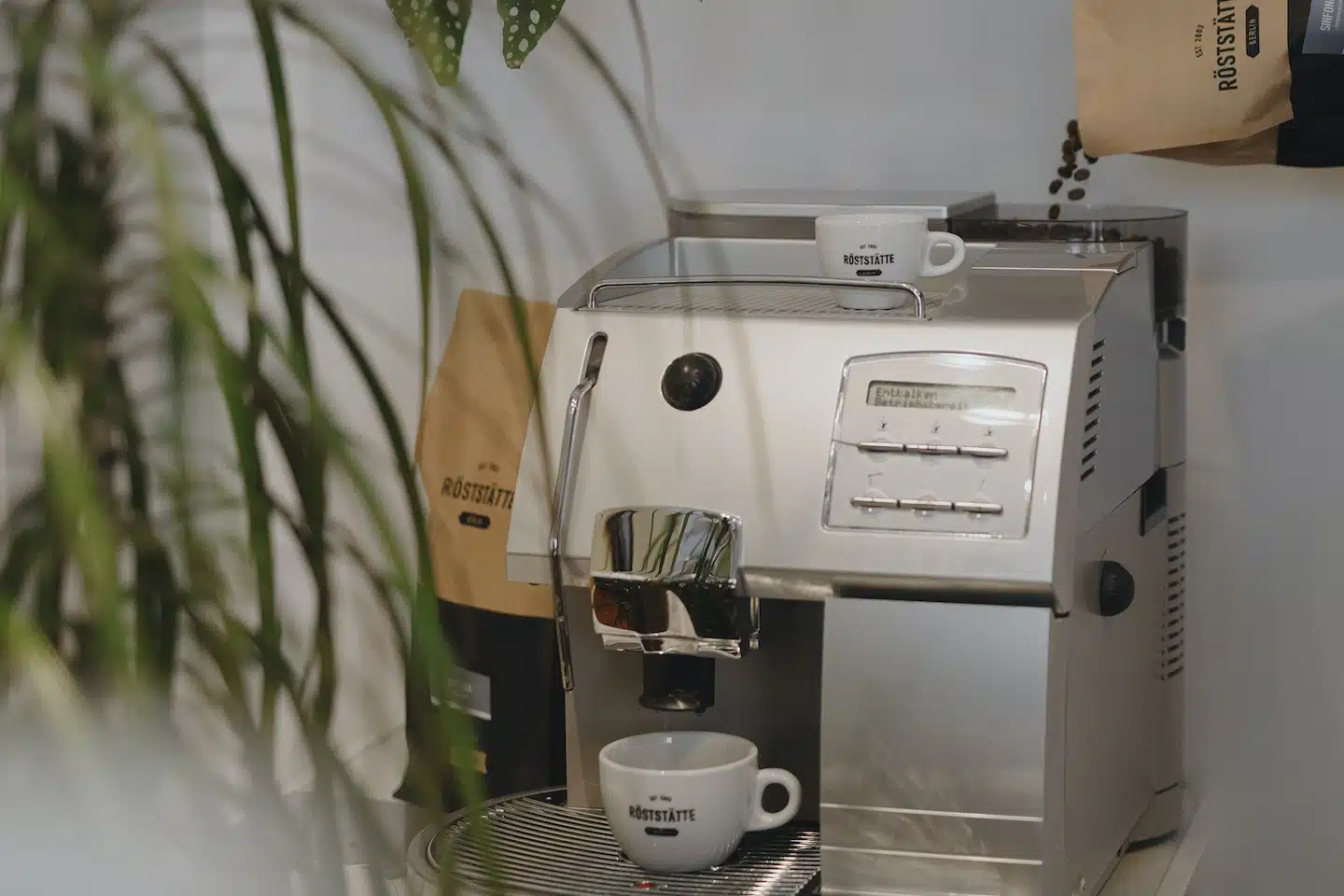
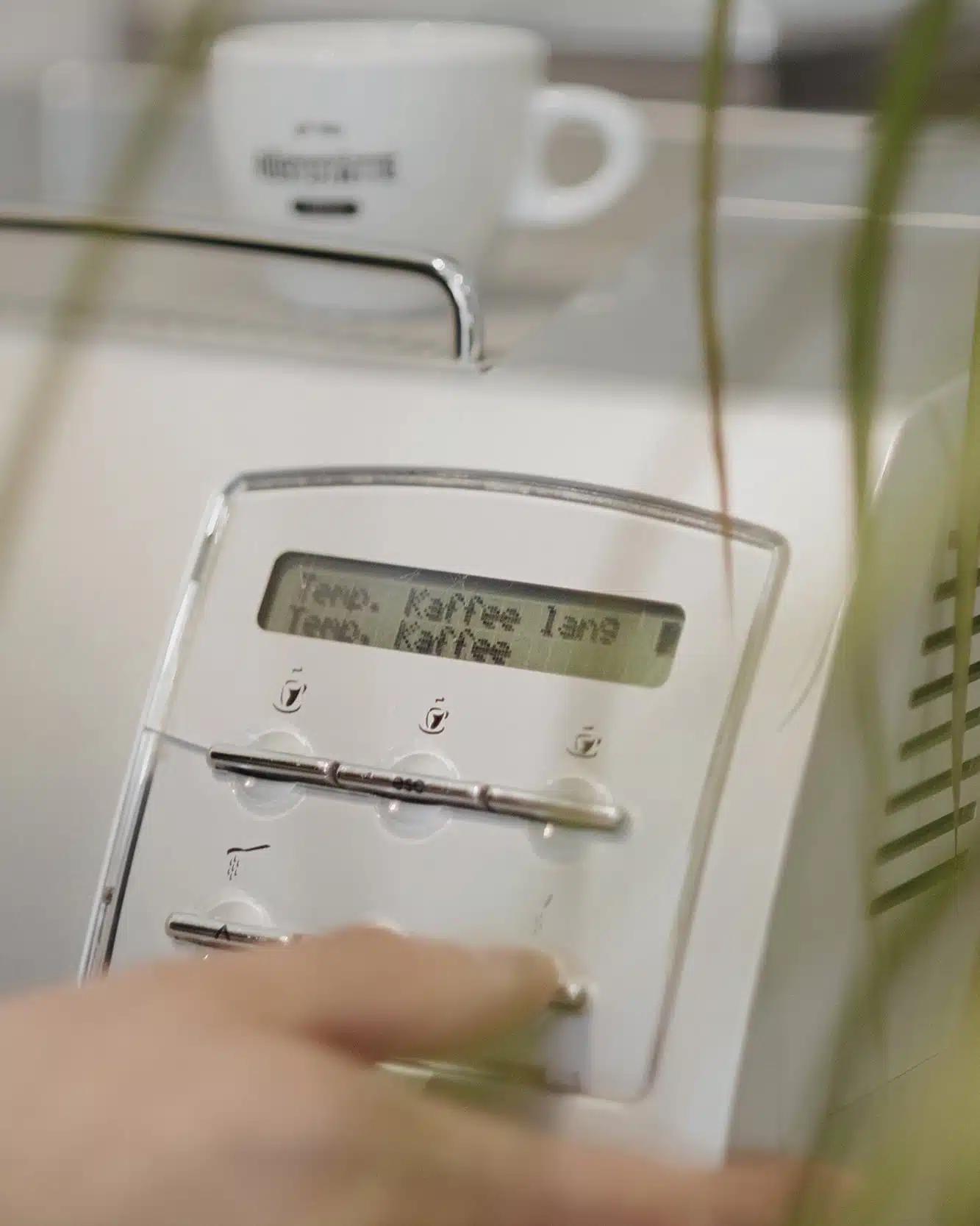
Tip 3: What is the right temperature?
Some coffee machines offer the option of adjusting the temperature of the coffee water. As a general rule, the aromas in the coffee develop optimally at 93 to 94 degrees. If the coffee is prepared at a higher temperature, it can quickly taste bitter, whereas at a lower temperature, the coffee tends to have a sour taste.

Tip 4: How much water do I need to use?
The flow regulator is often turned up to the maximum to make the cup full. The result is often a full cup but a watery taste. To avoid this, we recommend paying attention to the exact amount of water: 35 millilitres for espresso or cappuccino is best, 110 millilitres for Caffè Crema.
We recommend: It is best to prepare two coffees in succession to fill the cup. This ensures the best taste. A great alternative to Caffè Crema is the Americano, for example. Here, you brew an espresso and then extend it with hot water to the desired intensity. For a whole pot or larger quantities of coffee, we recommend filter coffee - which is very popular again right now. You can find a selection of filter coffees here.
We recommend: It is best to prepare two coffees in succession to fill the cup. This ensures the best taste. A great alternative to Caffè Crema is the Americano, for example. Here, you brew an espresso and then extend it with hot water to the desired intensity. For a whole pot or larger quantities of coffee, we recommend filter coffee - which is very popular again right now. You can find a selection of filter coffees here.
Tip 5: Which grind is the right one?
The grind is decisive for the taste and quality of your coffee and can be adjusted with a control on most fully automatic machines. Every machine works a little differently. The basic rule is: if the grind is too coarse, the espresso can quickly become watery and develop a sour taste (short extraction time). If ground too finely, the espresso tends to have a strong, bitter taste (long extraction time).
The extraction time (brewing time) should be between 18 and 27 seconds. If the coffee runs through faster, it is probably too coarsely ground. In this case, the coffee is under-extracted, i.e. the water has too short a contact with the coffee and cannot absorb enough aroma. As a result, the espresso tastes too watery and often sour. If the coffee is extracted for too long, it tastes too strong and bitter. In technical jargon, this is called over-extracting. This happens, for example, when the coffee is ground too finely.
The extraction time (brewing time) should be between 18 and 27 seconds. If the coffee runs through faster, it is probably too coarsely ground. In this case, the coffee is under-extracted, i.e. the water has too short a contact with the coffee and cannot absorb enough aroma. As a result, the espresso tastes too watery and often sour. If the coffee is extracted for too long, it tastes too strong and bitter. In technical jargon, this is called over-extracting. This happens, for example, when the coffee is ground too finely.
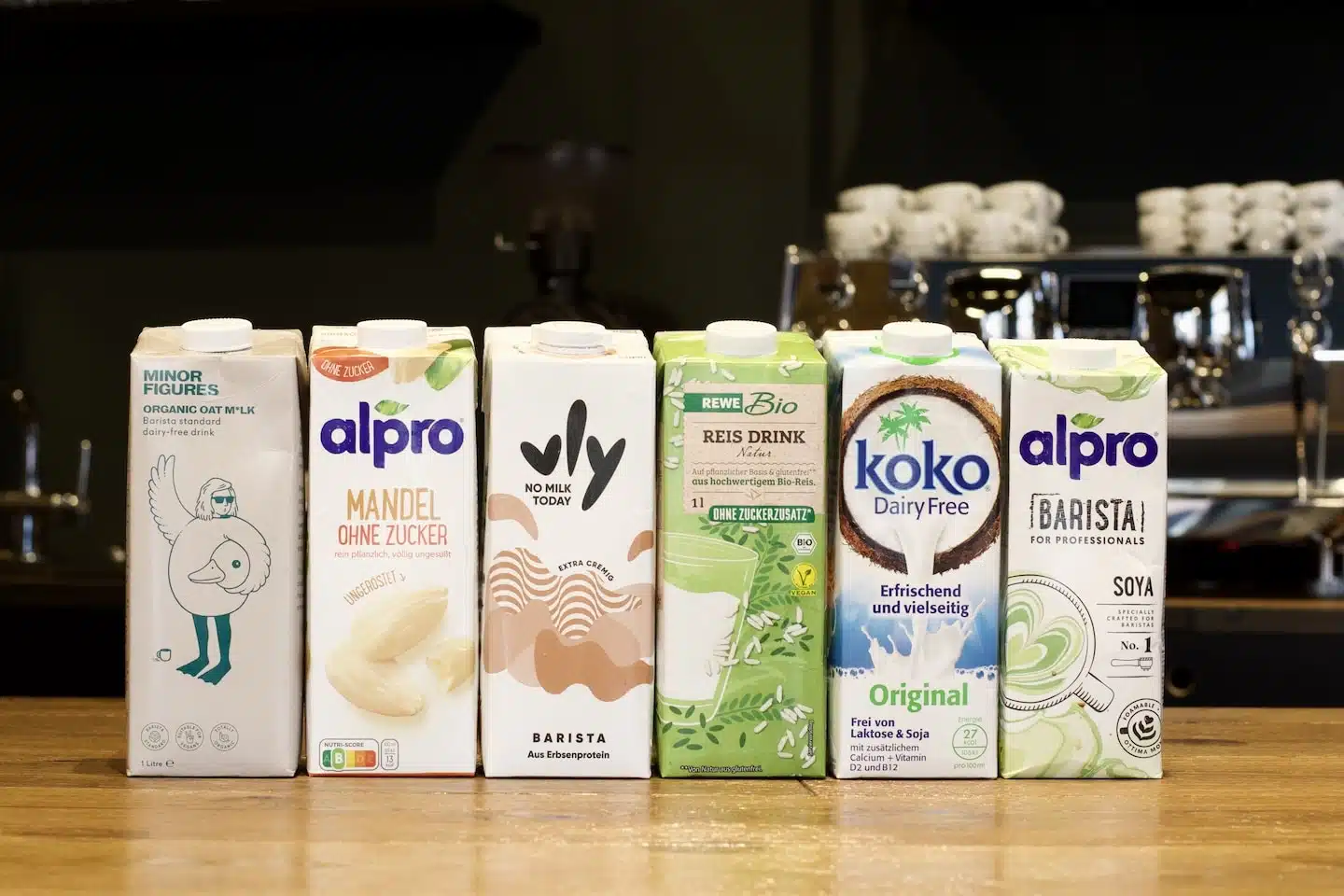
Tip 6: What is the right milk for the fully automatic machine?
Basically, the fresher and fattier the better! When choosing the right milk, we recommend fresh organic milk with a fat content of at least 3.5 per cent, which is pasteurised but not homogenised. In addition, the milk should be well cooled before use, ideally at a temperature of around five degrees – this will give you enough time later to froth it optimally.
Plant-based milk alternatives
For plant-based milk alternatives such as soy, oat or pea milk, make sure you choose the "Barista Edition" (assuming it is available, of course). The "Barista Edition" is often specially designed to better stabilise the proteins and thus create a longer-lasting foam.
Having trouble finding the right milk alternative for you? Then take a look at our milk alternatives test. If you have a fully automatic machine with a milk frother and want to decorate your coffee with latte art, then we recommend our guide to this.
Having trouble finding the right milk alternative for you? Then take a look at our milk alternatives test. If you have a fully automatic machine with a milk frother and want to decorate your coffee with latte art, then we recommend our guide to this.
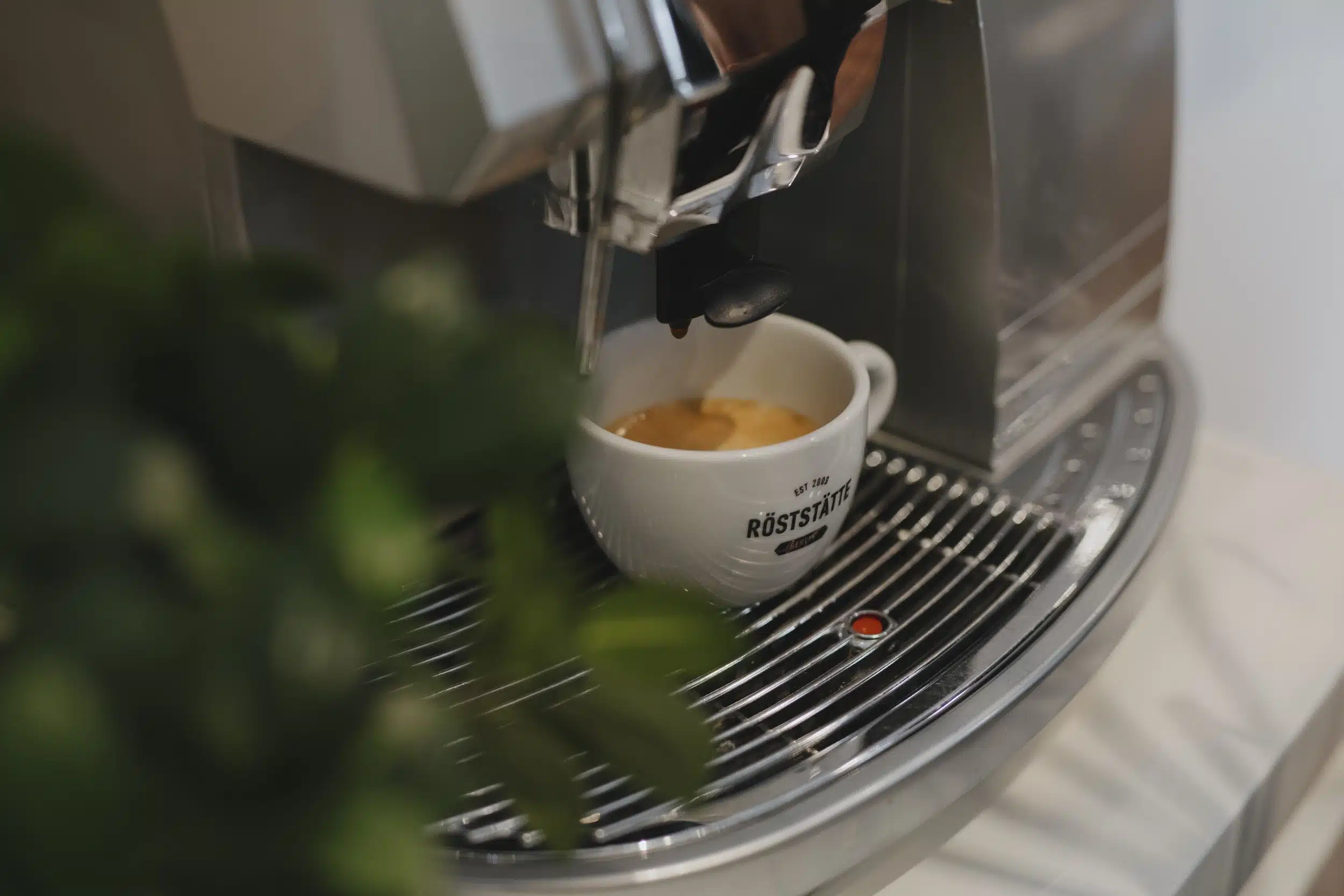
Tip 7: How often do I have to clean the machine?
Like any food processor, the fully automatic machine needs to be cleaned regularly so that the coffee is not contaminated. Regular cleaning offers many advantages: a longer life and a better taste of your coffee. Many coffee machines offer a cleaning programme that saves you a lot of work in daily cleaning.
The coffee grounds container and the water tank should be cleaned daily. Especially the parts that come into contact with milk should be cleaned immediately after use.
The coffee grounds container and the water tank should be cleaned daily. Especially the parts that come into contact with milk should be cleaned immediately after use.
Zurück zur Übersicht
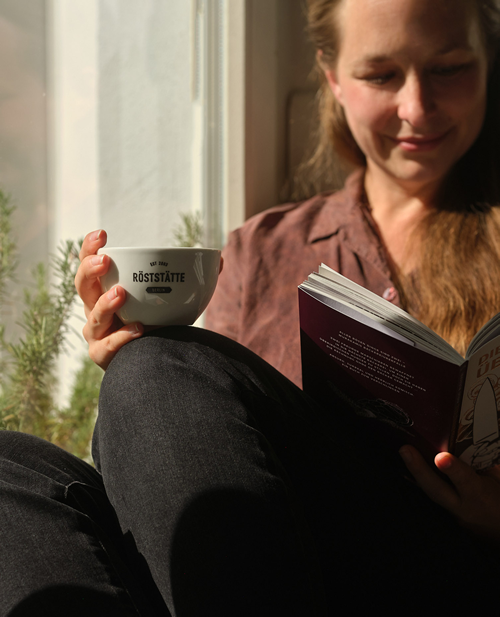
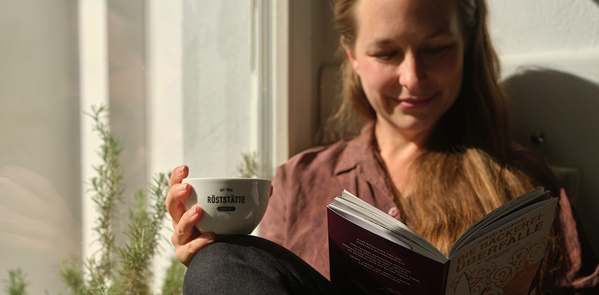
Wir schenken Dir 5€
auf Deine nächste
Kaffee Bestellung
Gutscheincode anwendbar auf alle Kaffeprodukte. Mit der Anmeldung erklärst Du dich damit einverstanden, E-mail Marketing zu erhalten. Datenschutz
Check Dein Postfach !
Wir haben Dir soeben eine Mail mit einem
Bestätigungslink an Deine angegebene
E-Mail-Adresse geschickt.
